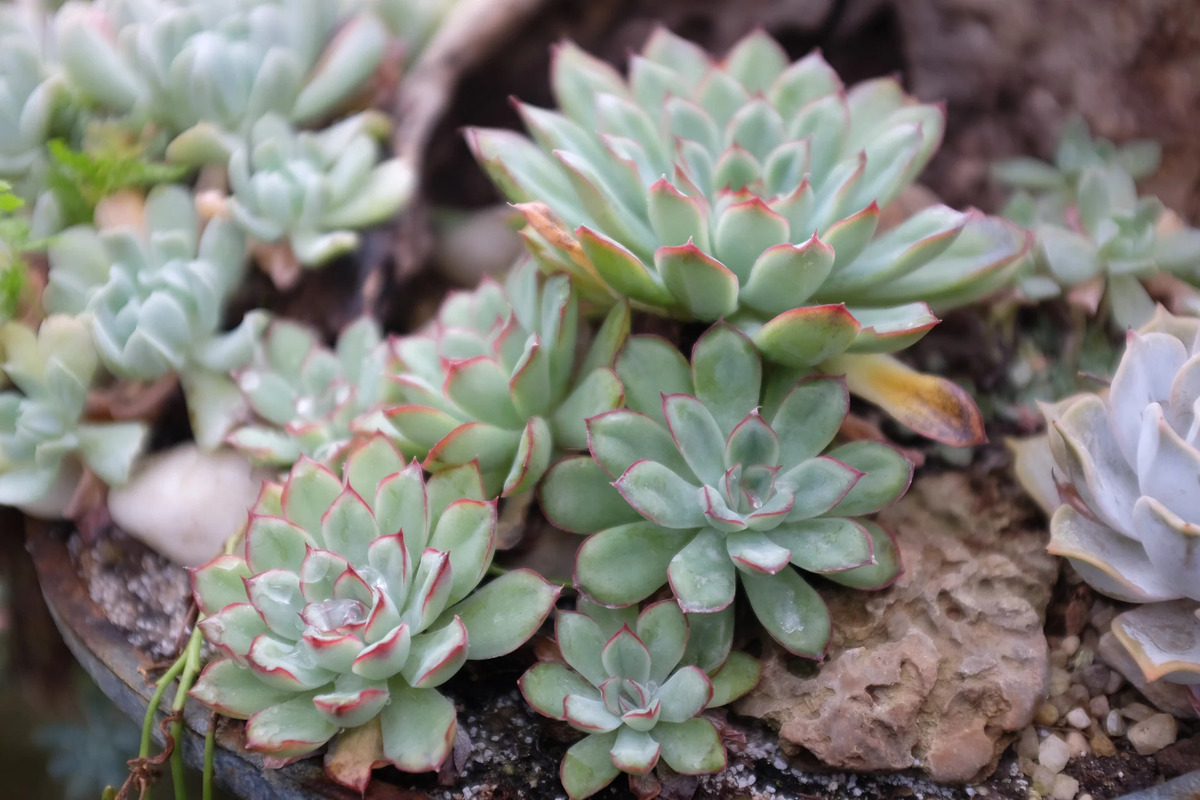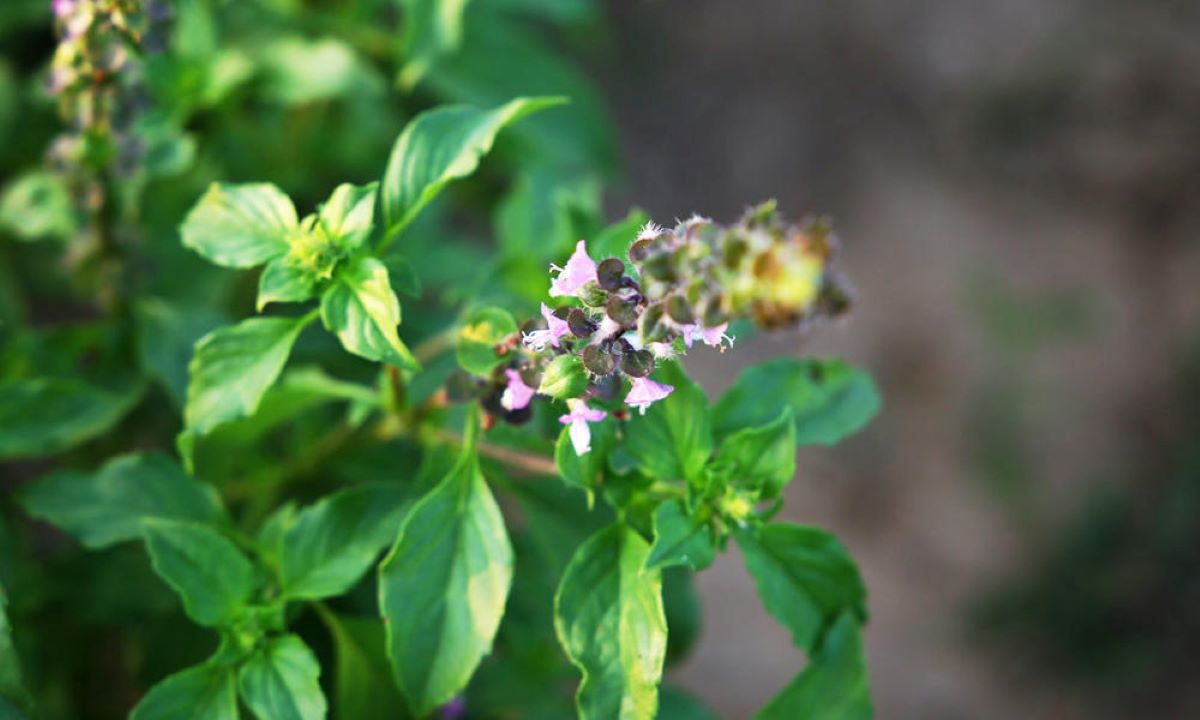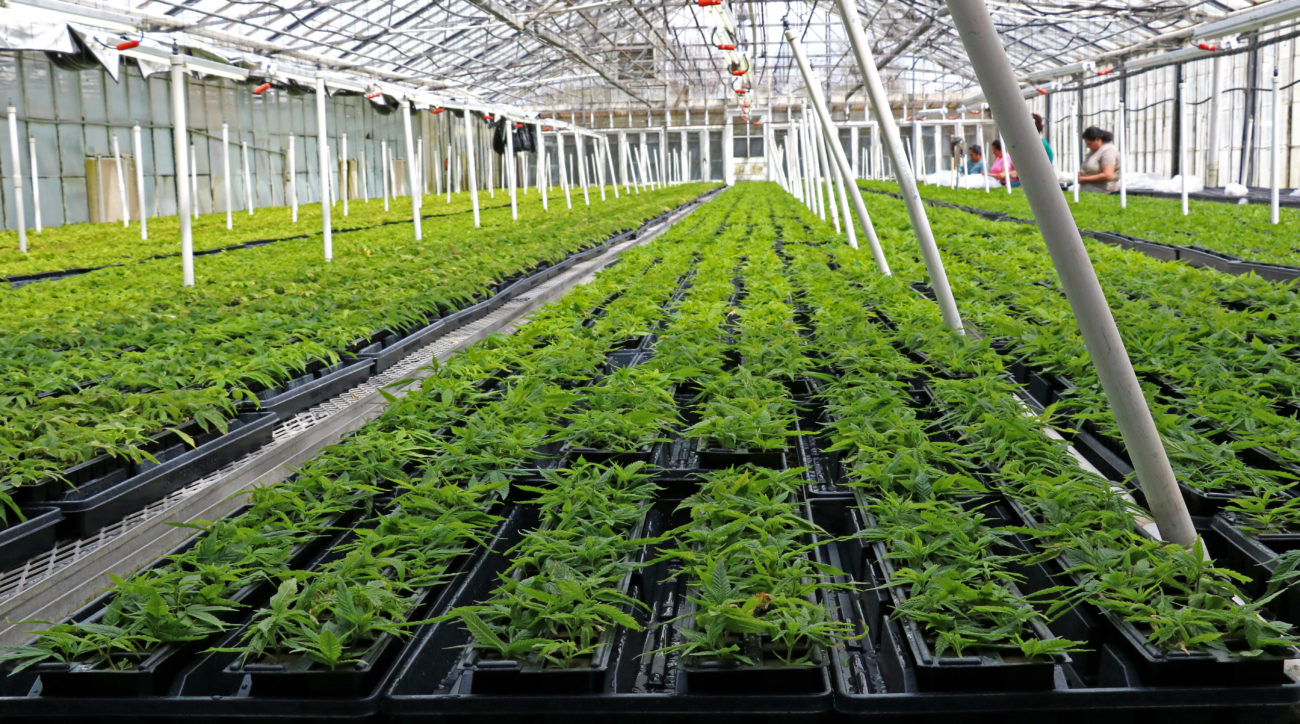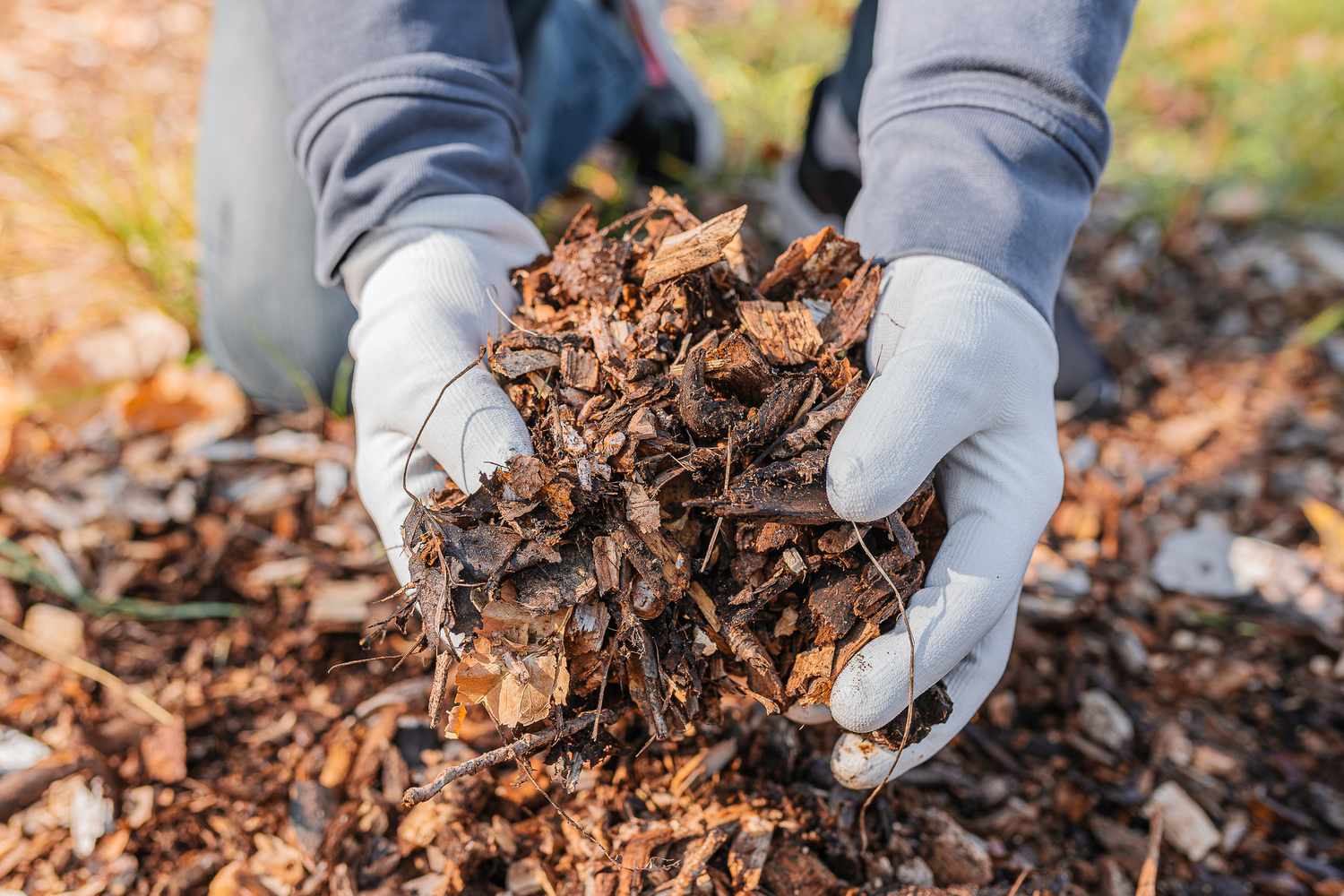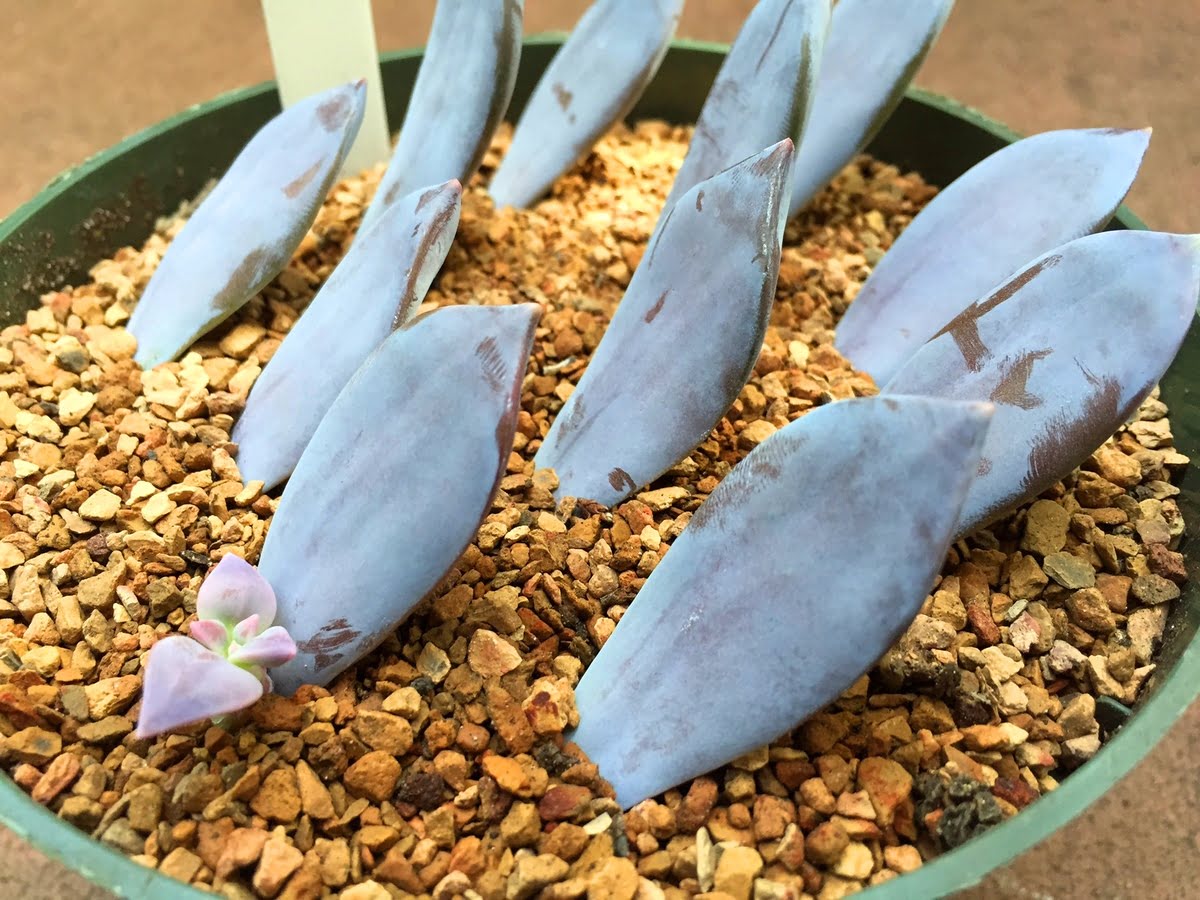Home>Garden Design>How To Protect Greenhouse From Wind
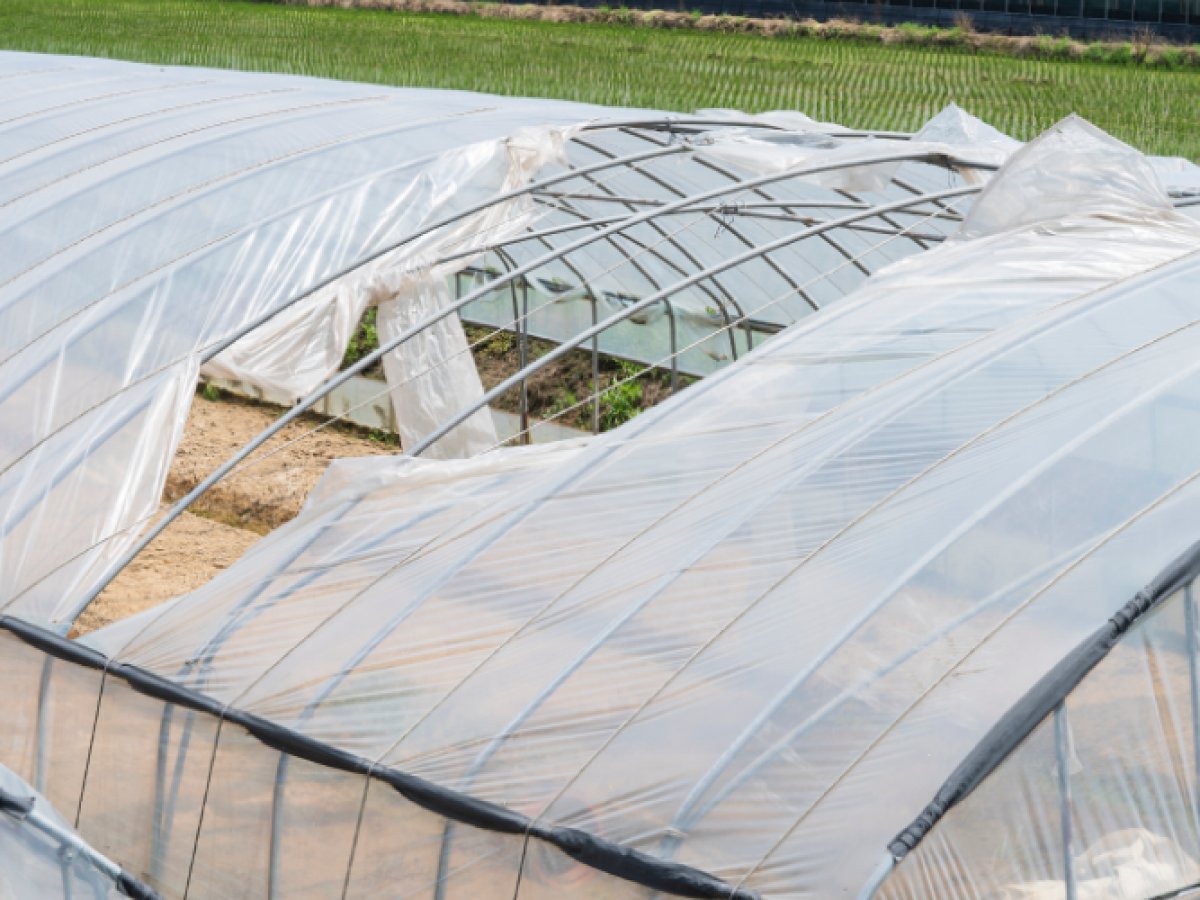

Garden Design
How To Protect Greenhouse From Wind
Modified: January 22, 2024
Learn effective landscape design techniques to protect your greenhouse from wind. Improve the stability and durability of your structure with expert tips and strategies.
(Many of the links in this article redirect to a specific reviewed product. Your purchase of these products through affiliate links helps to generate commission for Chicagolandgardening.com, at no extra cost. Learn more)
Table of Contents
- Introduction
- Understanding the Impact of Wind on Greenhouses
- Selecting an Appropriate Greenhouse Location
- Choosing the Right Greenhouse Design
- Installing Windbreaks and Barriers
- Reinforcing the Greenhouse Structure
- Securing Equipment and Materials Inside the Greenhouse
- Regular Inspections and Maintenance
- Conclusion
Introduction
Welcome to the world of greenhouse gardening, where you can cultivate a lush and abundant oasis all year round. However, it’s essential to understand that creating the ideal environment for your plants requires careful consideration, and one crucial factor to address is wind protection.
Effective wind protection is vital for the health and growth of plants in greenhouses. Strong winds can cause damage to structures, disrupt temperature and humidity levels, and lead to poor plant development. Therefore, implementing strategies to protect your greenhouse from wind is essential for a successful and productive gardening experience.
In this article, we will explore various methods and techniques to safeguard your greenhouse from the potentially damaging effects of wind. From selecting the ideal location and design to installing windbreaks and reinforcing the structure, we will guide you through the necessary steps to create a sheltered and nurturing environment for your plants.
Whether you are a seasoned greenhouse enthusiast or a beginner taking your first steps in horticulture, the information shared here will help you optimize your greenhouse setup and protect your beloved plants from the forces of nature.
So, let’s dive in and discover the secrets to protecting your greenhouse from wind!
Understanding the Impact of Wind on Greenhouses
Before we delve into the strategies for protecting your greenhouse from wind, it is crucial to understand the potential impact that strong winds can have on your structure and plants. By comprehending the risks, you can better prepare and implement appropriate measures to mitigate them.
Firstly, strong winds can exert significant pressure on a greenhouse structure, especially on the walls and roof. If the structure is not properly designed or reinforced, this pressure can lead to structural damage or even complete collapse. Therefore, it is essential to choose a greenhouse design that is sturdy and can withstand the force of high winds.
Secondly, wind can disrupt the temperature and humidity inside the greenhouse. It can create drafts that affect the desired climate conditions for plant growth. Cold drafts can lower the temperature, resulting in chilling stress for plants, while warm drafts can increase heat stress. Additionally, wind can accelerate the evaporation of moisture from the soil and plant surfaces, leading to dry conditions that are unfavorable for plant health.
Furthermore, wind can cause physical damage to plants. It can snap or bend fragile stems, break branches, or uproot plants altogether. This can result in irreversible damage and hinder the growth and productivity of your plants.
Lastly, wind can hinder pollination and disrupt the distribution of pollen in the greenhouse. It can carry away pollen, preventing it from reaching the female parts of flowers, which is essential for fruit and seed production. Adequate wind protection is crucial to creating a conducive environment for pollination and ensuring successful reproduction of your plants.
By understanding these impacts, you can proactively take steps to protect your greenhouse and preserve the health and well-being of your plants. In the following sections, we will explore various techniques and strategies to safeguard your greenhouse from the detrimental effects of wind.
Selecting an Appropriate Greenhouse Location
Choosing the right location for your greenhouse is the foundation for effective wind protection. The ideal location should minimize the exposure to strong winds and create a microclimate that favors plant growth. Here are some factors to consider when selecting a suitable greenhouse location:
- Wind direction and intensity: Observe the prevailing wind direction in your area. Place your greenhouse in a position where it will receive the least direct impact from strong winds. Consider the natural wind barriers, such as buildings, trees, or hills, that can provide additional protection.
- Topography: Assess the topography of your property. Avoid locating the greenhouse in low-lying areas or valleys where cold air and strong winds tend to accumulate. Instead, opt for slightly elevated areas that promote better airflow and minimize wind exposure.
- Sun exposure: Ensure that your greenhouse receives an adequate amount of sunlight. Position it in an area where it can get maximum exposure to sunlight throughout the day. This will help maintain the desired temperature inside the greenhouse and promote healthy plant growth.
- Accessibility: Consider the practicality of accessing your greenhouse. Locate it in a spot that is easily reachable for maintenance tasks, water supply, and transportation of plants and materials. This will make your gardening experience more convenient and enjoyable.
- Neighborhood regulations: Check if there are any specific regulations or restrictions regarding greenhouse placement in your area. Some neighborhoods or municipalities may have guidelines on setbacks, height restrictions, or screening requirements. Ensure compliance with these regulations to avoid any legal issues.
It is also beneficial to consult with local gardening experts or agricultural extension offices for advice on the best location for a greenhouse in your specific region. They can provide valuable insights into local wind patterns, microclimates, and other factors that may impact greenhouse performance.
By carefully considering these factors and selecting an appropriate location, you can significantly reduce the risk of wind damage to your greenhouse and create a favorable environment for your plants to thrive.
Choosing the Right Greenhouse Design
When it comes to protecting your greenhouse from wind, selecting the appropriate design is crucial. The design should not only provide structural stability but also minimize wind resistance and optimize airflow. Here are some key factors to consider when choosing the right greenhouse design:
- Frame material: Different greenhouse frame materials offer varying levels of strength and durability. Options include aluminum, steel, PVC, or wood. Consider the wind resistance properties of each material and choose one that can withstand the wind speeds common in your area.
- Shape: The shape of the greenhouse can impact its wind resistance. A sloped or curved roof design can allow wind to flow smoothly over the structure, reducing the risk of strong gusts exerting excessive pressure. Avoid flat-roofed designs that may create a larger surface area for wind to push against.
- Ventilation: Efficient ventilation is essential for maintaining optimal airflow and preventing the buildup of excessive heat or humidity. Look for a greenhouse design that includes features such as vents or louvers that can be opened or closed as needed. This will help regulate temperature and minimize the effects of wind on the internal climate.
- Glazing material: The choice of glazing material can impact the greenhouse’s wind resistance and insulation properties. Options include glass, polycarbonate, or polyethylene. Consider the strength, transparency, and insulation capabilities of each material, as well as its ability to withstand strong winds and potential impacts from debris.
- Anchor system: Ensure that the greenhouse design includes a robust anchoring system to secure the structure firmly to the ground. Anchors such as ground stakes or concrete footings can provide stability and prevent the greenhouse from being vulnerable to wind uplift.
It is recommended to consult with greenhouse manufacturers or industry experts who can provide guidance on suitable designs for your specific needs and regional climate conditions. They can assist you in finding a design that combines structural integrity, wind resistance, and optimal growing conditions.
Investing in a well-designed greenhouse that can withstand the forces of wind will not only protect your investment but also provide a stable environment for your plants to thrive.
Installing Windbreaks and Barriers
One effective strategy for protecting your greenhouse from wind is by installing windbreaks and barriers. These structures act as shields, reducing the intensity of wind before it reaches the greenhouse. Here are some options to consider:
- Natural windbreaks: Utilize existing natural elements, such as trees, shrubs, or hedges, to create a natural windbreak around your greenhouse. These plants can intercept and slow down the wind, providing a barrier of protection. Choose wind-resistant species that can withstand strong winds, and position them strategically to create a barrier between the prevailing wind direction and the greenhouse.
- Artificial windbreaks: If natural windbreaks are not available or sufficient, consider installing artificial windbreaks. These can be solid fences, walls, or screens made from materials like wood, metal, or PVC. Place them on the side of the prevailing wind direction to intercept and divert the wind away from the greenhouse.
- Perimeter windbreaks: Erecting a windbreak around the entire perimeter of your property can provide comprehensive wind protection for your greenhouse. This can be a combination of natural and artificial elements, strategically placed to block the wind and create a sheltered zone.
- Internal barriers: In addition to perimeter windbreaks, consider installing internal barriers within the greenhouse itself. These barriers can be shelves, benches, or solid dividers that act as physical obstacles to disrupt wind flow. This can help create calmer areas within the greenhouse, protecting sensitive plants from direct wind exposure.
- Windbreak maintenance: Regularly maintain and prune your windbreaks to ensure their effectiveness. Trim any overgrown branches or foliage that may obstruct wind flow or create additional hazards during storms. Additionally, monitor the condition of any artificial windbreaks and repair any damages promptly.
When installing windbreaks and barriers, it is essential to consider their distance from the greenhouse. While they should provide protection, they should not obstruct sunlight or create shading issues for your plants. Find the right balance between wind protection and maintaining adequate light levels for optimal plant growth.
By strategically utilizing windbreaks and barriers, you can significantly reduce the impact of wind on your greenhouse, creating a more stable and protected environment for your plants.
Reinforcing the Greenhouse Structure
One of the key elements in protecting your greenhouse from wind damage is reinforcing its structure. By enhancing the structural integrity, you can ensure that it can withstand strong winds and maintain its stability. Here are some measures to consider when reinforcing your greenhouse structure:
- Add extra bracing: Strengthen the framework of your greenhouse by adding additional bracing elements. This can involve installing diagonal braces or extra support beams to reinforce the walls, roof, and corners. These extra supports improve the overall stability of the structure, making it more resistant to wind forces.
- Secure the frame: Make sure that all the components of the greenhouse frame are properly connected and secured. Regularly inspect and tighten any loose bolts, nuts, or screws. Use appropriate fasteners and connectors to ensure that the frame is robust and tightly held together.
- Upgrade the glazing: Consider using impact-resistant glazing materials that are specifically designed to withstand strong winds. These may include tempered glass or polycarbonate panels that are less likely to shatter or break during high wind events. Reinforcing the glazing can prevent potential hazards and maintain the integrity of the structure.
- Install additional anchors: Anchor the greenhouse more securely to the ground by adding extra ground stakes, concrete footings, or anchor plates. These supplemental anchoring systems provide further stability and resistance against wind uplift. Ensure that the anchors are properly installed and adhere to the manufacturer’s recommendations.
- Consider wind-resistant features: When purchasing or constructing a new greenhouse, look for designs that incorporate wind-resistant features. These may include aerodynamic shapes, reinforced corners, or bracing systems already integrated into the structure. Investing in a wind-resistant greenhouse design can provide added peace of mind during stormy weather conditions.
Regularly inspect your greenhouse for any signs of wear or damage. Address any issues promptly to prevent them from worsening. Additionally, consider consulting with a professional greenhouse contractor or structural engineer to assess your greenhouse’s current condition and provide recommendations for reinforcement, if needed.
By reinforcing the structure of your greenhouse, you can protect it from wind damage and ensure its longevity, providing a secure environment for your plants to thrive.
Securing Equipment and Materials Inside the Greenhouse
Protecting your greenhouse from wind goes beyond just reinforcing the structure itself. It is equally important to secure equipment and materials inside the greenhouse to prevent them from becoming potential hazards during strong winds. Here are some measures to consider:
- Anchor or secure movable items: Any equipment, tools, or supplies that are not permanently fixed to the greenhouse structure should be properly anchored or secured. This includes items such as plant pots, trays, shelves, and gardening tools. Use straps, hooks, or brackets to hold them in place and prevent them from being blown around by strong winds.
- Secure shelving units: If you have shelves in your greenhouse, ensure that they are securely mounted to the walls or framework. Anchor them properly to prevent them from tipping over during high winds. Consider using brackets or additional fasteners for added stability.
- Store loose materials: Keep loose materials, such as bags of soil, mulch, or fertilizers, in sealed containers or secure them in storage bins. This prevents them from blowing around and potentially causing damage to the greenhouse or plants. Store these materials on lower shelves or near the ground to lower the center of gravity and minimize the risk of tipping over.
- Protect delicate plants: If you have delicate or vulnerable plants, consider moving them to a more sheltered area within the greenhouse during periods of high winds. This could be a location closer to a wall or protected by other plants or structures. Provide extra support to their stems or branches using stakes or ties to prevent them from being damaged by wind-induced movement or breakage.
- Secure doors and windows: Ensure that all doors, windows, and vents are securely closed and locked during high winds. Use weatherstripping or seals to prevent wind from seeping through gaps. Reinforce hinges and latches if necessary to ensure they can withstand the force of strong winds.
Regularly inspect and maintain all equipment and materials in your greenhouse. Replace any damaged or worn-out components to ensure their effectiveness. Additionally, develop an emergency plan in case of severe weather events, such as removing portable items or securing them further if you receive advance warning of an approaching storm.
By properly securing equipment and materials within your greenhouse, you can minimize the risk of wind damage and maintain a safe environment for both your plants and yourself.
Regular Inspections and Maintenance
In order to effectively protect your greenhouse from wind damage, it is essential to conduct regular inspections and perform routine maintenance tasks. By staying vigilant and proactive, you can identify and address potential issues before they escalate. Here are some key steps to incorporate into your regular maintenance routine:
- Inspect the structure: Regularly examine the greenhouse structure for any signs of wear, damage, or deterioration. Look for loose or missing components, cracks, holes, or rust. Address any issues promptly by tightening loose fasteners, patching holes, or replacing damaged parts. Ensure that the structure remains sound and resilient.
- Check glazing integrity: Inspect the integrity of the glazing material, whether it is glass, polycarbonate, or polyethylene. Look for cracks, chips, or gaps that may compromise its durability and insulation properties. Replace any damaged or worn-out glazing to maintain a properly sealed and secure greenhouse environment.
- Clear debris: Regularly remove fallen leaves, branches, and other debris from both the interior and exterior of the greenhouse. This will prevent clogged gutters and drains, which can lead to poor water drainage and potential water damage during heavy rain or storms.
- Maintain ventilation systems: Clean and inspect any ventilation openings, such as vents, louvers, or fans. Remove any dirt, dust, or obstructions that may hinder their proper functioning. Lubricate moving parts to ensure smooth operation. Regularly test the functionality of automated ventilation systems to ensure they are responsive and functioning as intended.
- Inspect electrical connections: If your greenhouse has electrical systems, such as lighting, heating, or automated controls, regularly inspect the electrical connections for any signs of damage or loose wires. Ensure that all electrical components are properly grounded and protected to avoid electrical hazards.
- Check irrigation systems: Inspect irrigation systems for leaks, clogs, or malfunctions. Ensure that water is properly distributed throughout the greenhouse, avoiding areas of standing water that can cause slippery conditions or promote fungal diseases. Adjust timers or settings as needed to align with seasonal watering requirements.
In addition to regular inspections, it is important to keep a record of maintenance tasks performed and any repairs or replacements conducted. This will help you track the history of your greenhouse maintenance and identify any recurring issues or areas requiring extra attention.
By incorporating regular inspections and maintenance into your greenhouse care routine, you can proactively address potential problems, extend the lifespan of your greenhouse, and ensure a safe and productive environment for your plants.
Conclusion
Protecting your greenhouse from the damaging effects of wind is crucial for maintaining a productive and thriving gardening environment. By implementing the strategies outlined in this article, you can create a well-protected space where your plants can flourish regardless of the weather outside.
Start by selecting an appropriate location for your greenhouse, considering wind direction, topography, and sun exposure. Choose a greenhouse design that is sturdy and wind-resistant, and take the time to reinforce the structure through bracing, anchoring, and upgrading glazing materials. Installing windbreaks and barriers, both natural and artificial, will provide an additional layer of protection.
Don’t forget to secure equipment, materials, and delicate plants inside the greenhouse to prevent them from becoming hazards during high winds. Regular inspections and maintenance play a vital role in identifying and addressing any potential issues promptly, ensuring the longevity and reliability of your greenhouse.
By following these guidelines and taking the necessary precautions, you can minimize the risks associated with wind damage and create a safe and nurturing environment for your plants to thrive. Remember, a well-protected greenhouse not only safeguards your investment but also enhances your gardening experience and the success of your crops.
So, roll up your sleeves, put these tips into action, and enjoy the satisfaction of a resilient and wind-resistant greenhouse.


